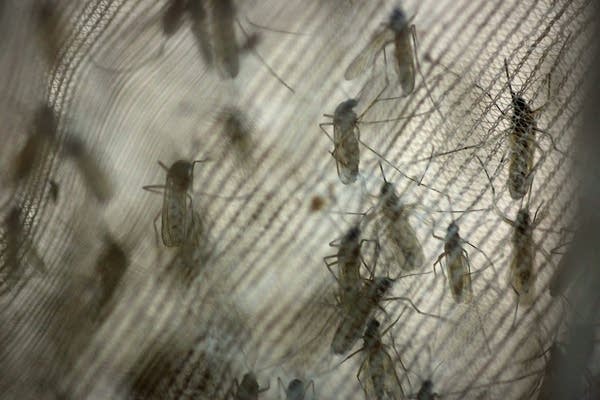As Minnesota's climate changes, bad air and new disease risks follow

Minnesota's changing climate has also helped expand habitat for disease-carrying mosquitoes and ticks.
Jennifer Simonson / MPR News 2013
Go Deeper.
Create an account or log in to save stories.
Like this?
Thanks for liking this story! We have added it to a list of your favorite stories.


